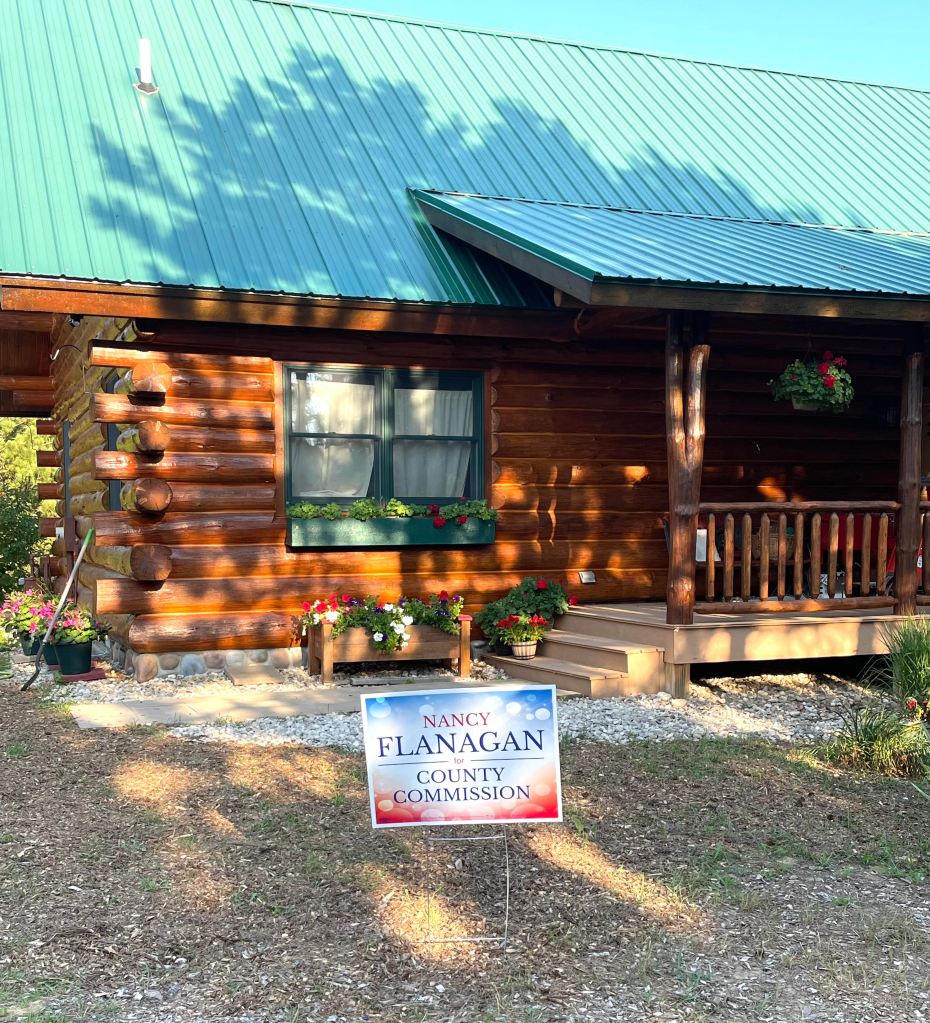In my next five (short) blogs, I’m going to lay out a kind of platform for what I think is good local and regional government, here in my neck of the woods. These will go on my campaign’s Facebook page (Elect Nancy Flanagan) and be printed into packets and—I hope—discussed by many people who read this blog or engage with me on social media and through door-knocking and calls.
At the 2020 Republican National Convention (much of it broadcast from THE PEOPLE’s White House), it was frequently noted that the Republican party didn’t assemble or construct a platform for the 2020 Presidential election, but just used the 2016 platform and trusted The Former Guy to speak his mind during the Convention and campaign, letting us all know what his intentions were, should he be re-elected.
I do realize that people don’t vote for words or documents.
Like most Americans, I have never studied a party platform in depth, beginning to end. But I’ve always been interested in partisan takes on critical issues. Why? Because they might impact my life—and the lives of my friends, family and community.
That may sound a little simplistic—What’s in it for me? —but that’s the way most thinking people vote, with the welfare of who/what matters most to them in mind. Others reflexively select one party and doggedly stick with it. Some choose the candidate they’d most like to have a beer with.
But I think it’s worth laying out a coherent set of principles around what can be accomplished by a local officeholder. I am certain I will be asked, as a candidate for the County Commission, about my views on current issues—student loan forgiveness, say, or abortion rights. The County Commission does not deal with national issues, so those questions are irrelevant to policy made by the Board of Commissioners.
But they do impact the lives of the people who live in my county, eventually. All politics, as Tip O’Neill observed, is local. And should be. Politicians are elected to serve their constituents, not their own needs and preferences. So politicians should welcome questions.
I’ve spent some time thinking about—for lack of a better word—my platform, and how change impacts everyone in the rural northwestern Michigan county where I live, the ‘little finger’ of the Michigan mitten. We’re looking at lots of change in Leelanau County—things like abundance of water, and clean air, as climate change looms make this a very desirable place to live.
Monday night, I attended a Planning Board meeting in Centerville Township, to discuss a proposal to vastly expand a local lakeside campground. I don’t live in Centerville Township—I live just south of the line—but this proposal will impact me, and people in the six townships surrounding the lake and peripherally, folks in the rest of the county.
It was an overflow crowd (with people listening through the windows) but commenters and listeners were polite. They were also of one mind: this expansion will impact septic issues, lake cleanliness, light pollution and traffic immediately, with secondary concerns around local eateries and businesses, and public safety. Comments were well-informed and passionate. Farmers don’t want to live next to a water park.
No decision was made, but the response was heartening. Voters are paying attention.
And local issues are frequently connected. Education has long been my passion—and I think the county has some fine public schools. But the only way to keep those locally tailored schools alive is to bring young families to Leelanau County, and support the ones who are already here. All kinds of issues impact education, from broadband infrastructure to affordable housing. It’s all connected.
I’ll be writing five blogs on what I think are the things that my county needs, right now. All of these are complicated goals, which deserve some unpacking. Over the next three weeks, I’ll do that.
Leelanau Needs:
- To welcome and support young families
- To protect and cherish our beautiful, fragile home
- To address ‘poverty in paradise’
- To get out ahead of changes that are coming
- To cultivate cooperation and transparency in government
Some of the best local politicians here are former educators.
Educators are used to organizing people, and respecting facts. And so it goes.




